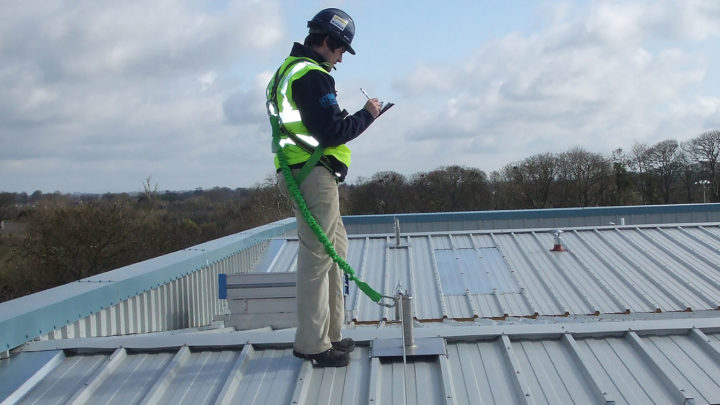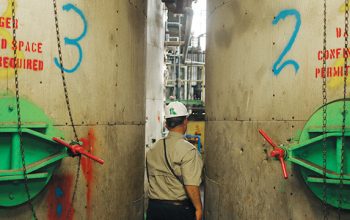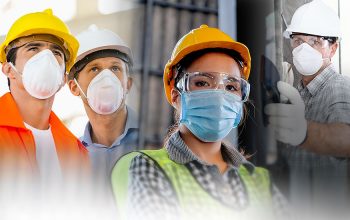Before each use, visually inspect all equipment for fall protection (full body harnesses, lanyards with energy absorber, anchors, ropes, hooks or connectors etc.) looking for the following
- a) Fabric: Damage such as frayed edges, broken fibers, pulled stitches, cuts, burns, fading, unusual wear and tear, and chemical damage.
- b) Metal accessories: damage such as cracks, breaks, wear, rough or sharp edges, corrosion or distortion.
- c) Safety hooks or self-locking reinforcement hooks: damage such as distortion, cracks, corrosion, does not lock automatically.
- d) Self Retracting Lines or Retractable Block (SRL): Cable or tapes must be completely removed and inspected for damage, corrosion or distortion, activation of impact indicators, broken swabs.
- e) Inspect the labels on the equipment: they must be present and completely clear and legible.
- f) Punctures, cuts or fraying of the lines, activations of the impact indicators and damages in general.
Fall protection equipment must be maintained as often as necessary to ensure proper operation and prevent premature wear. Basic maintenance consists of the following:
- a) Remove dirt from surfaces with a sponge dampened with clean water.
- b) Complete the cleaning by moistening a sponge with a solution of water and neutral soap. DO NOT USE DETERGENTS with chemicals.
- c) Dry the equipment with a clean cloth and hang it to finish drying. The equipment should not be placed near excessive heat or unnecessary direct exposure to UV rays.
- d) Once dry, store the equipment in a clean, cool and dry place, free of steam or gases that produce mold or rust.
Remove all defective equipment from service and affix a tag in a conspicuous location that reads “DO NOT USE.”
If the equipment has been used to arrest a fall, regardless of distance, immediately remove it from service, destroy it, and dispose of it; in the case of a retractable block, affix a “DO NOT USE” tag and return it to your supervisor immediately.
Replace fall protection equipment 5 years after the date the equipment was put into service , to ensure that this occurs an annual inspection of all fall protection equipment will be conducted and the following information will be tracked:
- Manufacturing date
- Commissioning date
- Inspection date first inspection
- Serial Number and Manufacturing Lot
- Name of the person responsible for the Inspection
Inspection and Maintenance of Fall Protection Equipment in the Context of COVID-19
A fundamental criterion in the maintenance of fall protection equipment is described by VAC Peru, specialist in work at height.
“In the current COVID-19 juncture, everyone is asking what chemicals can fall protection equipment be disinfected or cleaned with. At VAC we indicate that the best way to clean the equipment should not be with the use of any chemical product and that they must comply with the letter, the requirements given by the manufacturer ”.
It is extremely important to take care of the most critical points of fall protection equipment: plastics and all parts that contain textiles. The latter is found in harnesses, SRLs, lifelines, energy absorbers, positioning systems, among others.
According to Petzl, which provides very clear and specific information, “the advice specified in the technical data sheets of each product must be respected and each equipment quarantined after use”.




